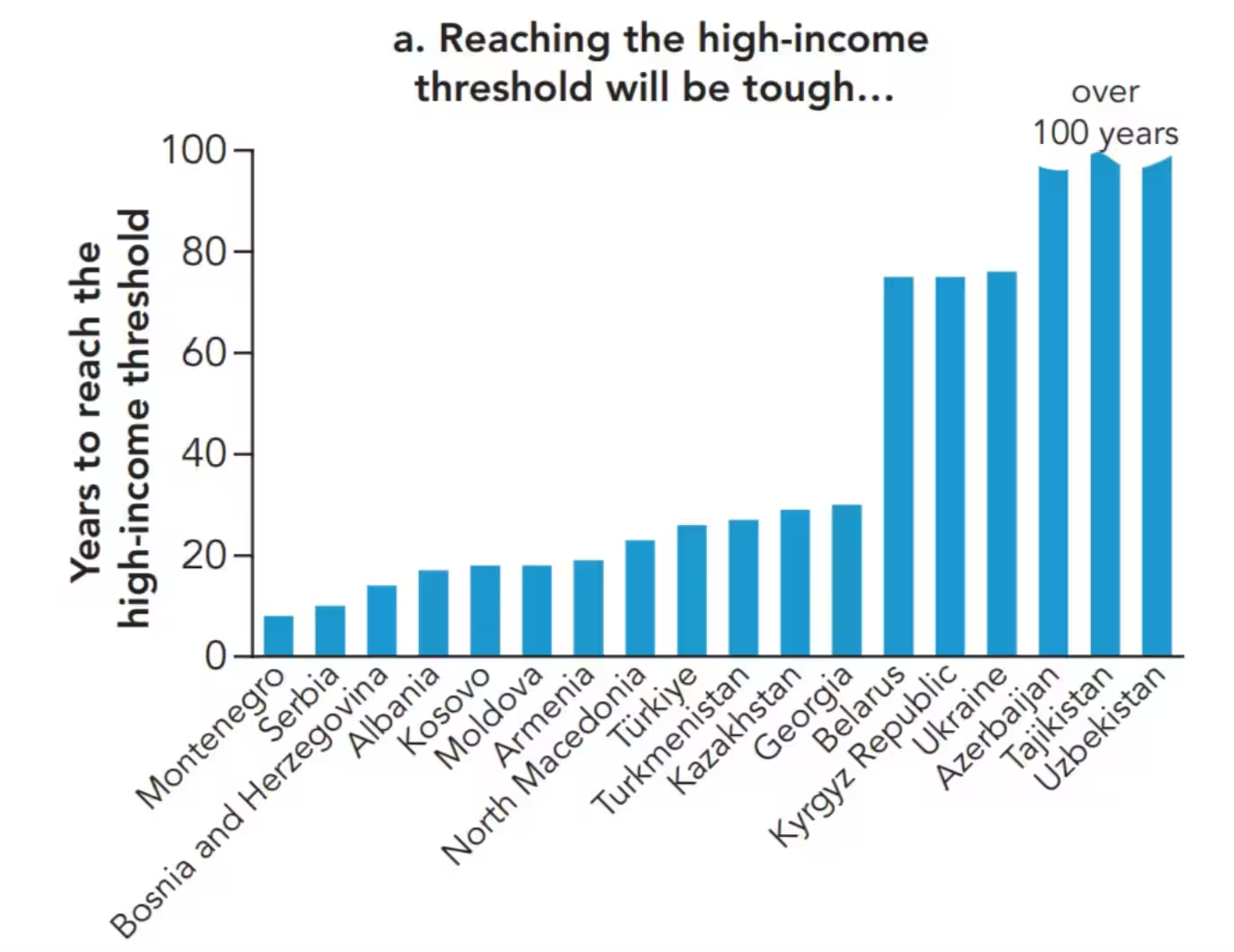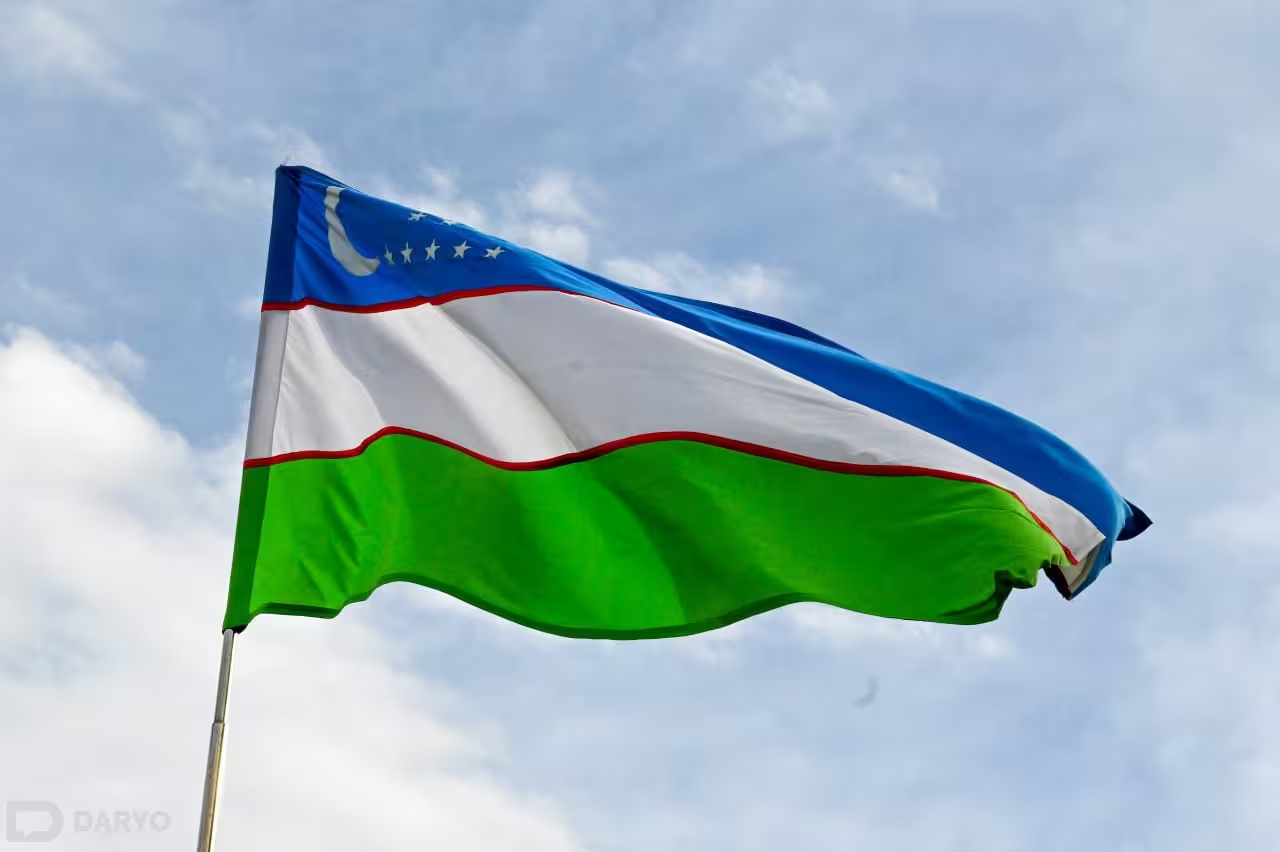The World Bank has released a report on accelerating economic growth in Europe and Central Asia, analyzing how long developing countries in the region may take to catch up with high-income nations.

According to the report, three countries—Uzbekistan, Azerbaijan, and Tajikistan—are projected to take more than 100 years to reach high-income status, defined as a per capita income above $14,000. This forecast is based on the countries’ economic growth rates over the past decade.
Economist Mirkomil Kholbov, based on his calculations, notes that among Central Asian nations, Kazakhstan’s per capita income is expected to exceed $14,000 in 2026.
Turkmenistan may reach this figure in 2034, Tajikistan in 2037, and Uzbekistan in 2042. According to this projection, Uzbekistan will be the last country in the region to reach high-income status if average growth over the past four years continues.

The World Bank report also highlights that Uzbekistan’s economic growth is expected to reach 5.9% in both 2025 and 2026. In 2024, the country’s GDP per capita amounted to $3,092, marking a 4.4% increase compared to 2023.
Uzbekistan aims to raise its GDP to $160bn and increase per capita income to $4,000 by 2030 as part of its long-term economic development strategy.
Uzbekistan’s economy grew by 6.5% in 2024, reaching $115bn. The fiscal deficit decreased to 3.3% of GDP in 2024, largely due to reductions in energy subsidies.
Remittances play a major role in supporting households across the region. In Central Asia, remittances account for over 10% of GDP, reaching nearly 40% in Tajikistan, more than 20% in the Kyrgyz Republic. Uzbekistan, the tenth-largest global recipient of remittances, would have seen nearly double the poverty rate without this support.
Follow Daryo's official Instagram and Twitter pages to keep current on world news.
Comments (0)